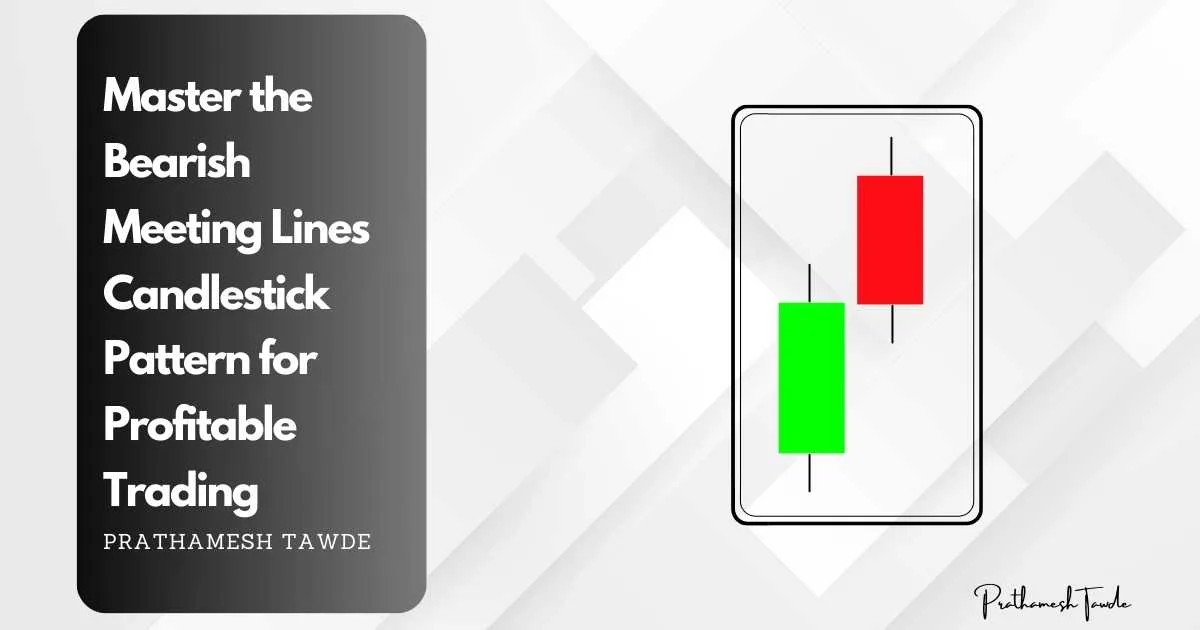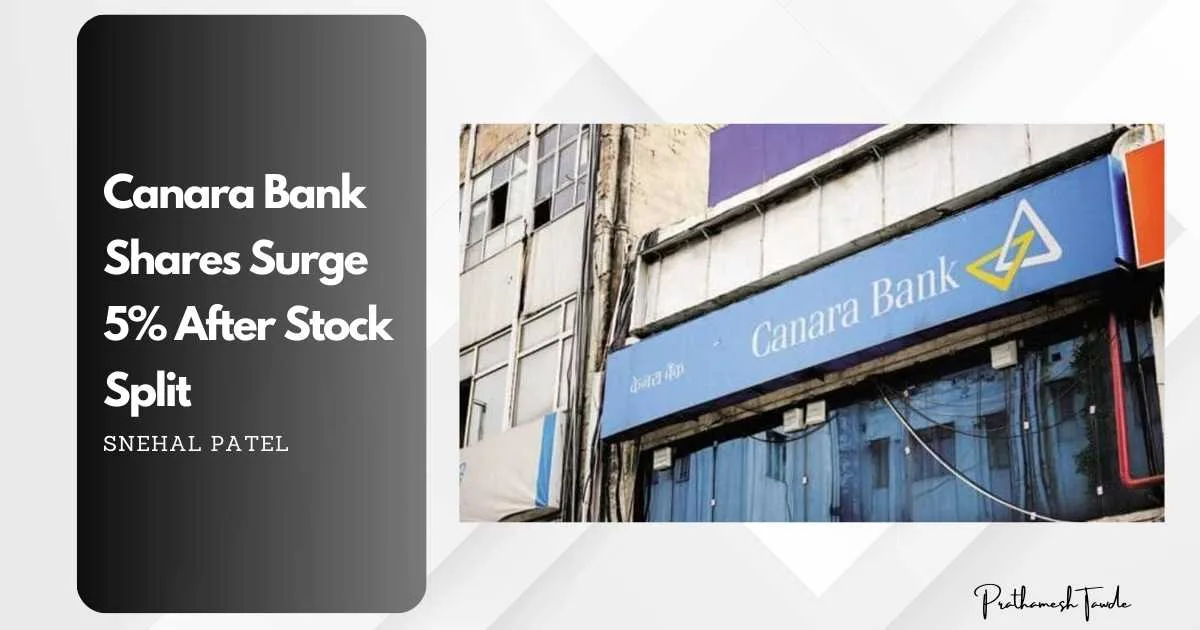Mastering the Rounding Bottom Pattern for Profitable Trading
- Prathamesh Tawde
- December 16, 2023
Introduction
The Rounding Bottom Pattern is an important tool in technical analysis. Traders and investors use it to find possible trend reversals. They look in financial markets, especially in stocks. This pattern has a gradual decline in price. A gradual rise follows this decline. It forms a distinctive “U” shape on the price chart. In this guide, we’ll dig into the Rounding Bottom Pattern. We’ll cover its identification and breakout signals. We’ll also cover its use in stock trading. We’ll cover strategies, real-life examples, and mistakes to avoid.
What is a Rounding Bottom chart Pattern?
The saucer bottom is another term used to refer to the Rounding Bottom Pattern. It is a bullish reversal pattern seen in price charts. It indicates a change in market sentiment from bearish to bullish. The pattern looks like a bowl or a rounded bottom. It shows that selling pressure has dropped. Buyers are gaining control.
Why is it Important for Traders?
Traders and investors use this pattern. It helps them predict trend reversals. It also helps them find entry points for long positions. By spotting this pattern early, traders can profit from the uptrend and make money.
Identifying the Rounding Bottom Pattern
The pattern forms after a long downtrend. Selling pressure gradually subsides, and buyers begin to step in. The pattern has a gradual price decline. Then, it has a consolidation period. Finally, there is a gradual rise. This forms the distinctive “U” shape on the price chart.
Key Characteristics
- A gradual decline in price followed by a gradual rise.
- Rounded or saucer-like shape on the price chart.
- Volume tends to decline during the formation of the pattern.
- Identify resistance and support levels to confirm the pattern.
Recognizing the Formation Process
Traders should pay attention to the duration and symmetry of the pattern. A longer consolidation and a more symmetrical shape make the Rounding Bottom Pattern more reliable.
Analyzing Rounding Bottom Pattern Breakout
Traders look for confirmation signals after they identify this pattern. The signals validate the pattern and predict potential breakouts.
Signs of Breakout
- Increased volume during the breakout.
- A decisive move above the pattern’s resistance level.
- Follow-through confirmation with continued price momentum.
Rounding Bottom Pattern Stocks
This pattern is common in stock charts. It appears on charts of various timescales, from intraday to weekly.
How Stocks Exhibit Rounding Bottom Patterns
- Stocks that have experienced a prolonged downtrend.
- Gradual accumulation by institutional investors.
- Positive news catalysts or fundamental developments supporting the bullish reversal.
Identifying Promising Stocks
Traders look for stocks with strong fundamentals. They want positive earnings growth prospects and a supportive market. They seek these when finding candidates with this pattern.
Strategies for Trading Rounding Bottom Pattern
Entry and Exit Points
- Entry: Traders typically enter long positions. They do this once the breakout above the pattern’s resistance is confirmed.
- Exit: Sellers may take profits if the stock nears past highs. They may also sell based on set price targets.
Risk Management
Risk management is crucial to mitigate potential losses. Traders may use stop-loss orders to limit downside risk and preserve capital.
Position Sizing
Position sizing involves deciding how much capital to allocate to each trade. This decision is based on risk tolerance and portfolio objectives.
Real-Life Examples of Rounding Bottom Pattern
Case Studies
Company XYZ is a technology stock. It had a long downtrend but reversed after forming a Rounding Bottom Pattern.
Company ABC was a pharmaceutical stock. It showed a classic rounding bottom pattern. After that, it had a long uptrend.
Common Mistakes to Avoid
Overtrading
Overtrading can lead to increased transaction costs and unnecessary exposure to risk. It’s essential to be selective and patient when identifying trading opportunities.
Ignoring Confirmation Signals
Not waiting for confirmation signals leads to false breakouts. It can cause losses. Traders should be patient and disciplined. They should be when executing trades based on the Rounding Bottom Pattern.
Benefits of Rounding Bottom Pattern
High Probability Setup
Once spotted and confirmed, the Rounding Bottom Pattern can be a great chance for trades. They have good risk-reward ratios.
Profit Potential
Traders who enter trades at the pattern’s early breakout can capture big price gains. They come as the stock shifts from a downtrend to an uptrend.
Conclusion
In conclusion, the Rounding Bottom Pattern is a useful tool. Traders and investors can use it to find possible trend reversals. It also shows entry points for long positions. Understanding how it forms and the signals it gives can improve stock trading. Traders can use it to profit from new bullish trends.
FAQs
A rounding bottom pattern is a bullish reversal pattern seen in financial charts. A gradual decline in price is followed by a gradual rise, forming a “U” shape.
To spot a rounding bottom pattern, look for a long downtrend. Selling pressure then slowly decreases. This creates a rounded or saucer-like shape on the price chart.
A rounding bottom pattern breakout shows a shift in market sentiment. It goes from bearish to bullish. It suggests possible upward price movement and a trend reversal.
Confirmation signals show a rounding bottom pattern breakout. They include high trading volume during the breakout. Also, a clear move above the pattern’s resistance.
Like any trading strategy, trading the rounding bottom pattern has risks. You should use proper risk management. Also, you should not overlook potential false breakouts.

I’m Prathamesh Tawde, a leading figure in the dynamic world of financial markets. Born on March 30, 1986, in the vibrant city of Thane, Maharashtra, I’ve nurtured a profound passion for technical analysis and a commitment to guiding individuals toward successful trading journeys. With a mission to empower and educate, I’ve carved a distinct niche as a content creator, educator, and mentor.





